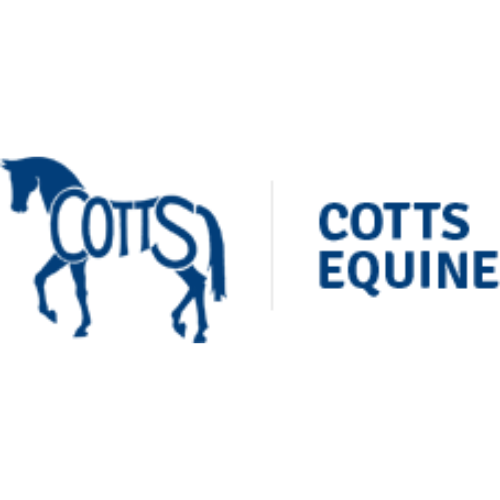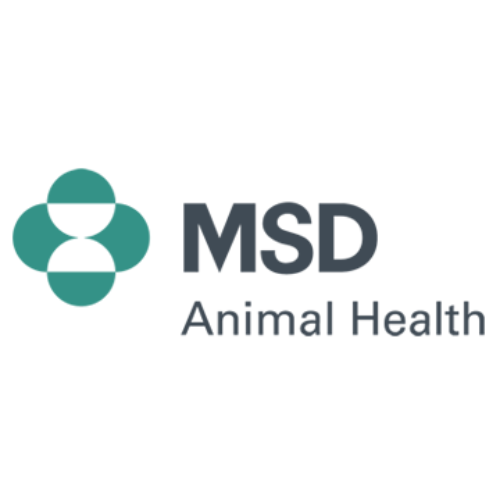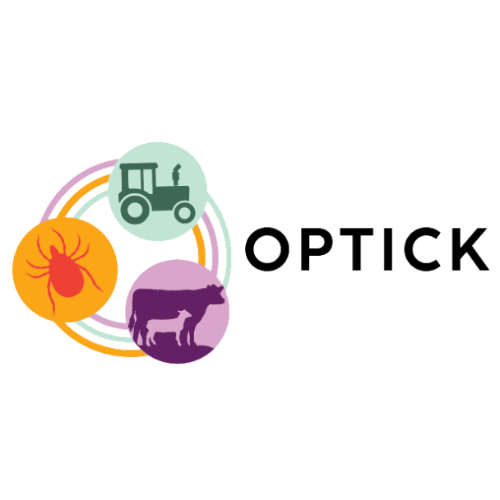Vaccination Against Respiratory Diseases in Livestock: What to Consider
Prophylactic vaccination against key respiratory pathogens represents a key part in the control of respiratory diseases in livestock. For vaccination protocols to be effective in livestock production conditions, recommending vets need to take a few fundamentals under consideration. As considerable percentage of respiratory diseases takes place in young animals, their unique immune status will define the age at which the animal can respond to vaccination and the type of vaccines that should be used. Diagnostic investigation based on specific epidemiology of respiratory conditions in each livestock species and production stage will target the choice of vaccine composition and timing of the vaccination to ensure desired protection. Finally, the ability of the animal owner to compliantly facilitate or execute the vaccination programme often will narrow the recommendations to products that can realistically be expected to be efficacious in each farm set-up.
Key Learning Objectives:
- Understand the neonatal immune functions and post-natal development of immune competence in key livestock species, and their impact on the susceptibility to respiratory pathogens and ability to respond to vaccination.
- Ability to draft and apply a diagnostic investigation path in situations of respiratory diseases outbreak and monitoring aimed at actionable results and constructive engagement with animal owner.
- Ability to perform basic situation analysis and combine it with principles of respiratory diseases epidemiology to develop core vaccination programmes.













